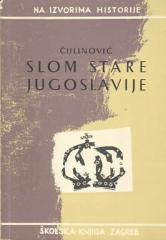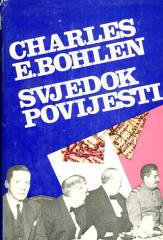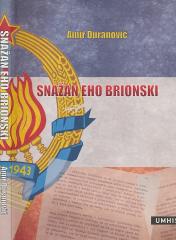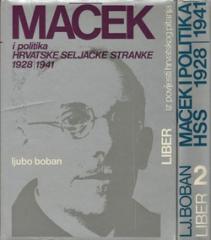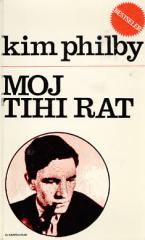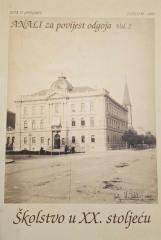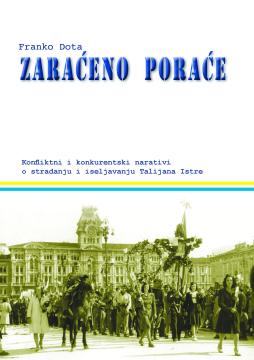
Zaraćeno poraće: Konfliktni i konkurentski narativi o stradanju i iseljavanju Talijana Istre
Knjiga analizira kako su se u Hrvatskoj i Italiji razvijali sukobljeni povijesni narativi o stradanju i masovnom iseljavanju Talijana iz Istre i Rijeke nakon Drugog svjetskog rata (1943–1956), razbijajući mitove i potičući empatični pristup prošlosti.
Autor uspoređuje talijansku historiografiju, koja naglašava „fojbe“ (masovna ubojstva u krškim jamama) i „istarski egozodus“ kao etničko čišćenje, s jugoslavenskom/hrvatskom, koja je dugo tabuizirala te događaje, prikazujući ih kao „oslobođenje“ od fašizma ili posljedicu „narodne pravde“.
Dota dijeli analizu na dvije faze: 1945–1990., gdje je u Jugoslaviji tema bila potisnuta, a u Italiji politizirana za revizionizam; i nakon 1990-ih, kada hrvatska historiografija počinje kritički preispitivati, ali i dalje bori s nacionalnim mitovima. Koristi primarne izvore (dokumenti, memoari, novinski članci) i supostavlja tekstove da pokaže ideološke strukture: talijanski narativi koriste žrtveničku retoriku za nacionalnu koheziju, dok hrvatski prelaze od negiranja prema priznanju, ali s fokusom na antifašistički kontekst.
Ključni primjeri su mistifikacije „fojbi“ (npr. broj žrtava: od 5.000 do 20.000) i optužbe za „genocid“. Knjiga nije samo historiografska sinteza, nego i doprinos memorijalnoj kulturi: poziva na dijalog između narativa kako bi se razumjelo da je iseljavanje (do 350.000 Talijana) bilo posljedica rata, ali i političkih odluka (Parizski mir 1947.).
Jedan primjerak je u ponudi
